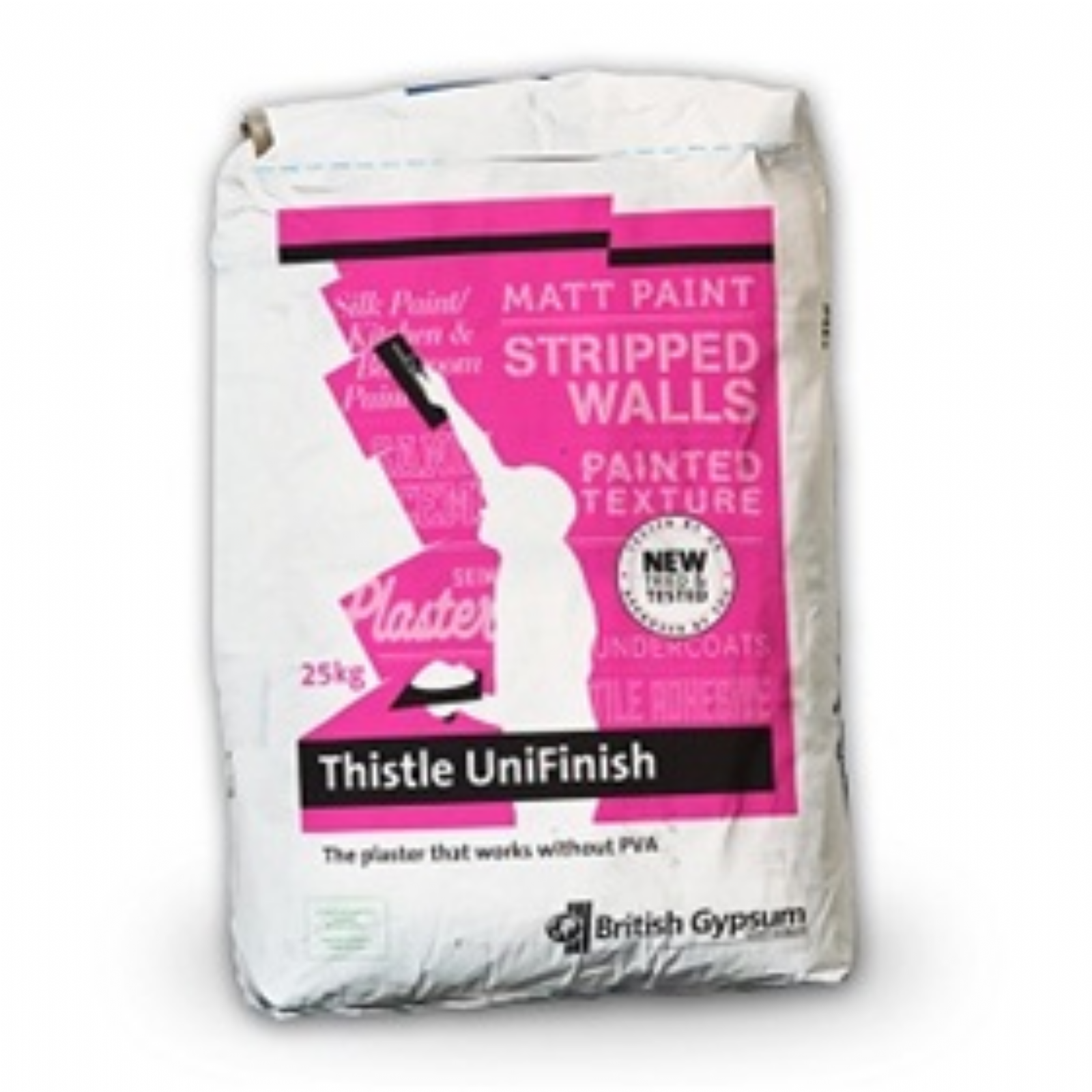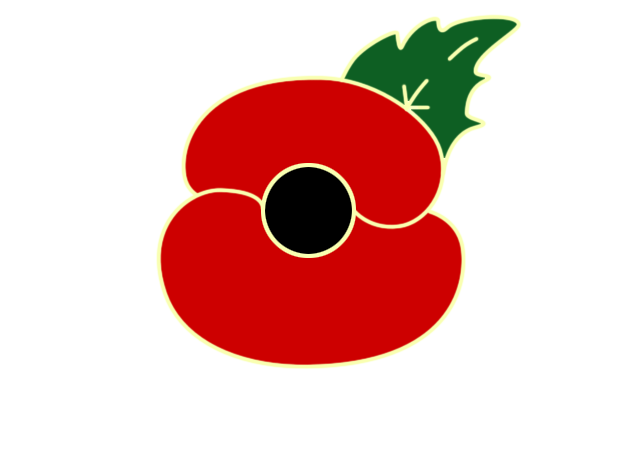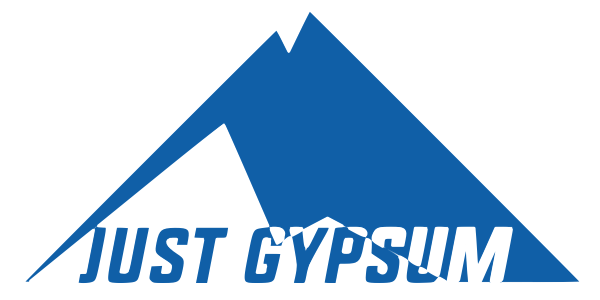Thistle UniFinish

Thistle UniFinish is designed for the finishing and re-finishing of a wide range of backgrounds, from low to high suction and from low to high levels of key (e.g. painted, textured finishes, old skim, fillers, plasterboard, moisture resistant board, paint i.e. gloss, emulsion, satin, vinyl, etc., undercoat plasters, tile adhesive, concrete, cement boards and Glasroc H tilebacker). Backgrounds should be sound, clean and free from dust.
Thistle UniFinish is a gypsum finish plaster specially formulated for re-skimming over a wide range of Backgrounds with no need for pre-treatment with PVA. It provides a smooth, inert, high quality surface to internal walls and ceilings, and a durable base for the application of decorative finishes. Thistle UniFinish is a retarded hemihydrate, pre-mixed gypsum plaster, requiring only the addition of clean water to prepare it for use. Apply with firm pressure, build out to 2mm thickness in two applications and trowel to a smooth matt finish as the plaster progressively hardens through setting or by loss of water into the background.
Application and installation
Suitable backgrounds
All backgrounds should be clean, sound and free from dust.
Most backgrounds encountered in re-skimming jobs will need no pre-treatment before using Thistle UniFinish, some do need pre-treatment, and there are a few where Thistle UniFinish is not suitable even with pre-treatment.
No pre-treatment is needed for:
- Most paints, including matt, silk, vinyl, eggshell emulsions,
kitchen/bathroom paint - Walls stripped of wallpaper (with minimal wallpaper
adhesive remaining) - Painted texture compounds
- Undercoat plaster, except if very high suction (see below)
- Skim finish plaster
- Tile adhesive
Some preparation or pre-treatment is needed for:
- Loose or friable surfaces – these need to be stripped back to a sound surface. Loose layers can be identified by a hollow sound when tapped. Loose or friable backgrounds should be stripped back to a sound surface. After stripping them back, the sound surface can then be assessed – in many cases the required plaster thickness will necessitate dubbing out, patching or complete replastering with a new undercoat before refinishing.
- Extremely high suction backgrounds – e.g. some lime-based or sand/cement backgrounds – these need suction control, which can be done with one application of Thistle GypPrime (diluted as required, to soak in rather than remain at the surface). PVA may also be suitable. If this suction control is not done and the first application of Thistle UniFinish crazes severely, the suction should be controlled before continuing.
For tips on dealing with more mild suction however see below.
Unsuitable backgrounds include:
- Unpainted texture compounds – these can soften significantly when wetted, leading to adhesion failure
- Self-cleaning or anti-graffiti paints – these are often designed to not fully harden, or to have a deliberately water-repellent or weak surface layer so that materials that stick to them are removed easily, so they are not suitable for plastering
- Surfaces where there is flaking or delamination between layers, and poorly bonded, friable or dusty surfaces – there is a high risk of failure unless such materials are removed.
What about other backgrounds?:
Our recommendations follow controlled testing and extensive trials across many sites and situations. In re-skimming work, other backgrounds will inevitably occur for which we do not have sufficient data to support a clear recommendation. We can only suggest that customers apply common sense and caution – e.g. it may be appropriate to test a small area, remembering that the whole system of previous layers needs to be stable both
during and after refinishing. If there is doubt that it will, then removal or overboarding should be considered
Note on texture compounds:
If unpainted these backgrounds are not suitable for plastering.
If painted they are probably suitable, but note the following:
- They still need to be checked for cleanliness and soundness
- Deep texture patterns will be more difficult to cover than shallow patterns
- Scraping the peaks off a deep texture before plastering is not recommended for two reasons: 1) if the compound is old enough it may contain asbestos and 2) scraping removes all paint from small areas, exposing unpainted compound
- No-one can guarantee that failure within or between earlier layers won’t occur, e.g. between texture compound and the original substrate, when more weight of plaster is applied


